Have trouble with that coolant light in your BMW?
No problem at all – I’ve got your back. This indicator actually tells us something is wrong with the cooling system.
Here, I’ll explain why this light might be coming on and let you know what steps to take.
Whether you’re a BMW expert or new to the game, understanding the coolant situation will help keep your car running smoothly.
What Does the BMW Coolant Light Mean?
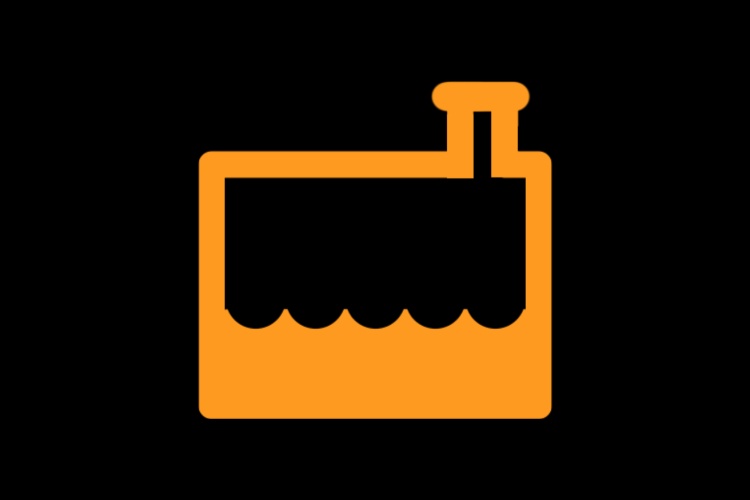
The coolant light on the BMW dashboard illuminates when there’s a potential problem with the engine cooling system. It could indicate various issues, including a low coolant level, malfunctioning cooling system components, or engine overheating.
If you observe the Engine Coolant Level Low message displayed on your BMW iDrive, it’s a more specific warning that your engine’s coolant level has dropped below the recommended minimum level.
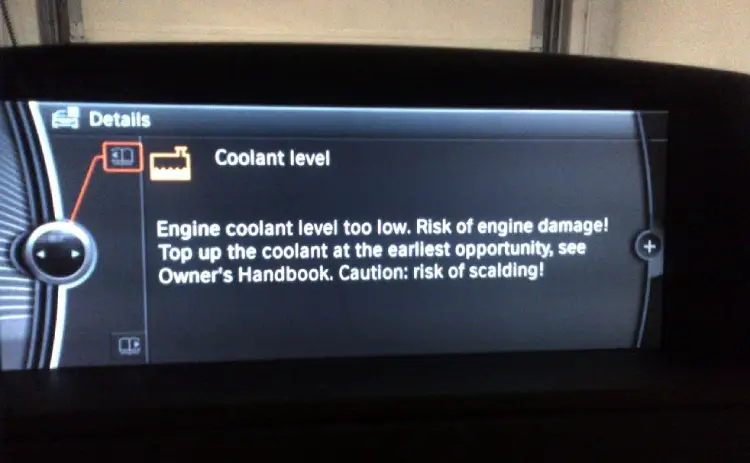
Can You Drive With a BMW Coolant Light?
No. Driving with the coolant light could lead to engine overheating, a condition that could trigger further damage, such as warping of engine components, blown head gaskets, and other expensive repairs.
So it’s best to pull over, turn off the engine, and address the problem before continuing to drive.
How to Check and Add Coolant to Your BMW
Step 1: Allow the engine to cool
Pull over and turn off the engine. Make sure the engine is cool before opening the coolant reservoir to avoid getting burned by hot coolant.
Step 2: Locate the coolant reservoir
The coolant reservoir is typically located near the engine bay. It should be labeled as “Coolant” or have coolant-related symbols on it.
Step 3: Check the coolant level
For coolant transparent reservoirs, you can check without opening the cap. Look at the side of the reservoir to see the current coolant level. There are usually markings indicating the minimum and maximum levels. If the level is below the minimum mark, you need to top it off.
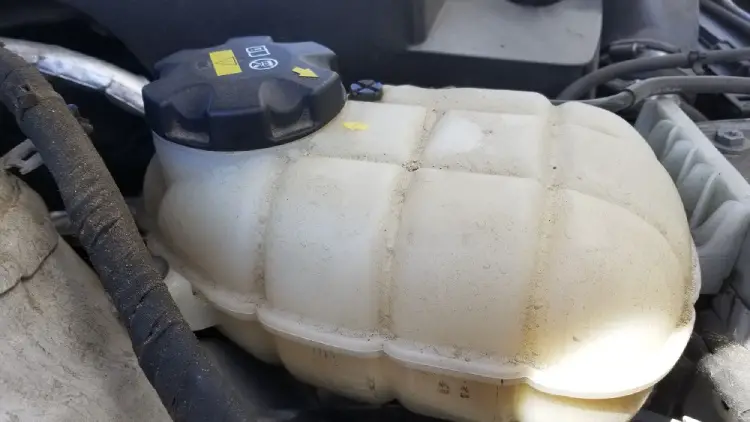
For black reservoirs, open the cap, and you will see the floating dipstick with the markings to show the coolant level.
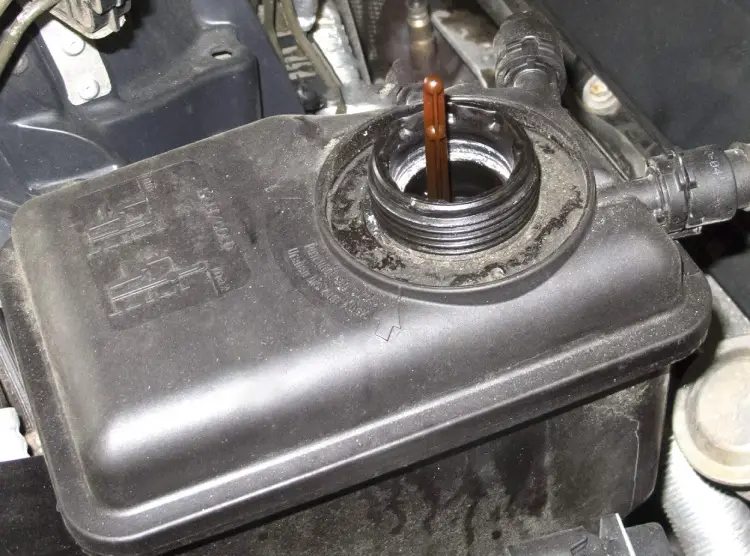
Step 4: Add coolant
Recommend using genuine BMW coolant. Slowly pour the coolant mixture into the reservoir until it reaches the maximum level. Do not overfill.
Step 5: Check for coolant leaks
After adding coolant, monitor the coolant level over the next few days to see if it drops again. If it does, there may be coolant leaks within the cooling system, such as the radiator, water pump, heater core, gaskets, hoses, and more.
Common signs include wet spots or stains under the vehicle or on engine components. In some cases, you might consider using a coolant leak sealant as a temporary measure to address minor leaks. However, it’s still recommended to have a professional mechanic properly repair coolant leaks.
Why is My Coolant Light On But Coolant is Full?
If the coolant light is on even though the coolant level is full, it could indicate an issue with the cooling system. Here are some possible reasons and what you can do to address them.
Faulty Coolant Level Sensor
The coolant level sensor is responsible for detecting the coolant level in the reservoir and sending a signal to the dashboard light. If the sensor is malfunctioning or has become damaged, it may send incorrect signals, causing the coolant light to come on and off even when the coolant level is adequate.
What to do: Replace the coolant level sensor.
Malfunctioning thermostat
A malfunctioning thermostat can cause the engine to run hotter than normal, leading to the coolant light turning on.
What to Do: Replace the thermostat.
Clogged Radiator or Coolant Lines
If the radiator or coolant lines are clogged, the coolant might not be circulating properly. This can result in uneven temperature distribution and trigger the coolant light.
What to Do: Perform a cooling system flush.
Water Pump Issues
The water pump is responsible for circulating coolant throughout the engine. If the water pump is failing, it can lead to inadequate coolant circulation and overheating.
What to do: Replace the water pump.
In any case, it’s important to address coolant-related issues promptly to ensure the proper functioning of your BMW’s engine and prevent potential damage. If you’re not comfortable diagnosing or addressing these issues yourself, it’s best to consult a professional mechanic or BMW service center.
What’s Next?
So, the BMW coolant light isn’t so mysterious anymore, right? Remember, maintaining your BMW’s cooling system is essential for the longevity and proper performance of your vehicle.
If you’ve got more questions or tips to share, don’t hold back – drop a comment below, and let’s keep the conversation going!
Learn more: BMW Warning Lights and Meanings (FULL List, FREE Download)

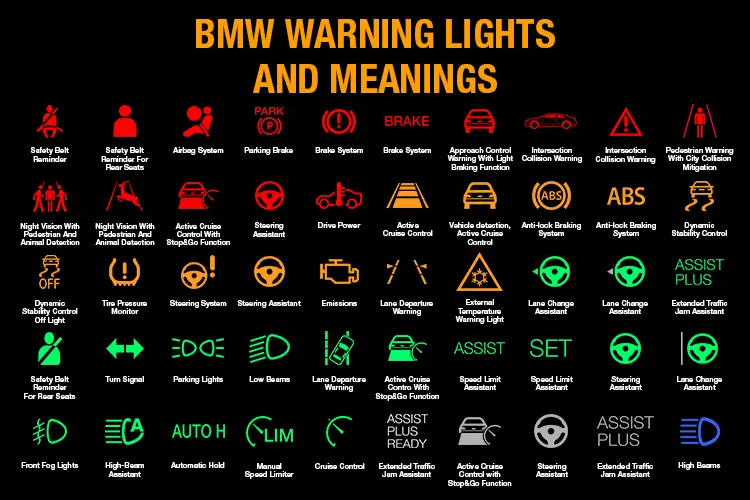

Recommended for you
Auto PDC Malfunction on BMW: Causes and Fixes
Drivetrain Malfunction BMW: 6 Causes and How to Fix It
DSC Malfunction on BMW: Causes and Fixes